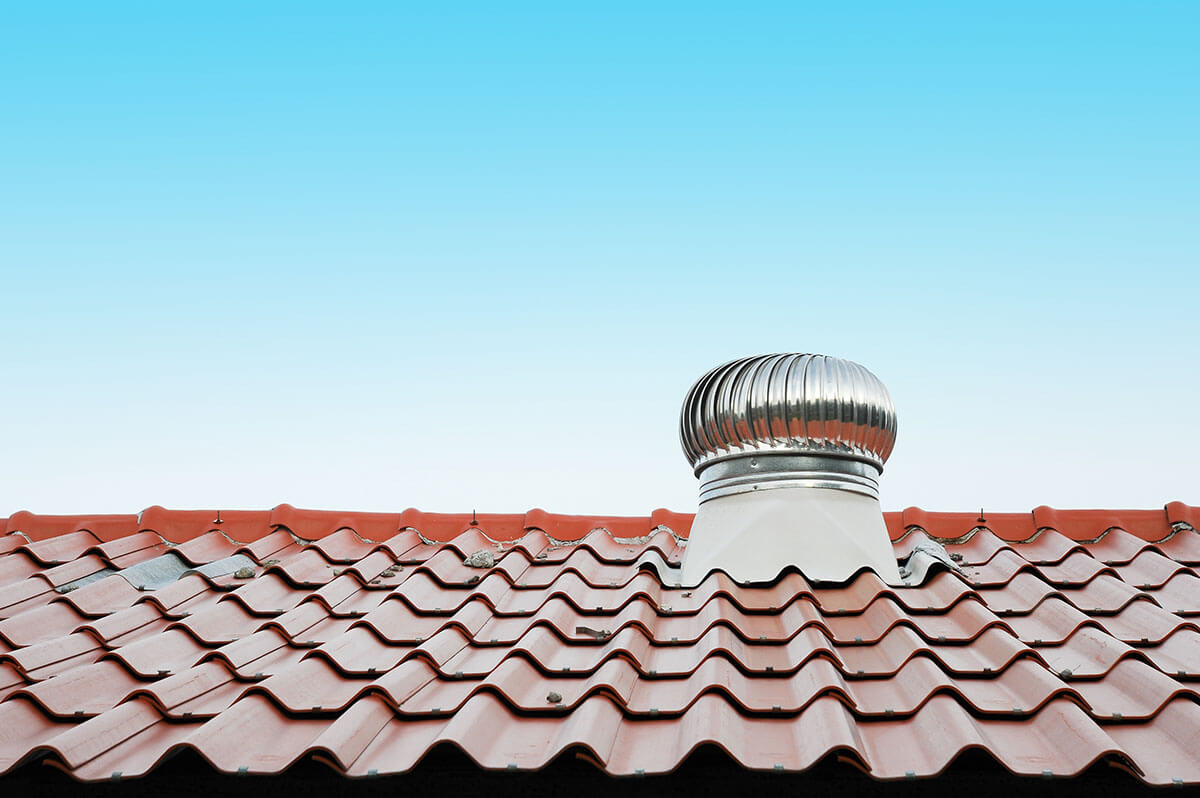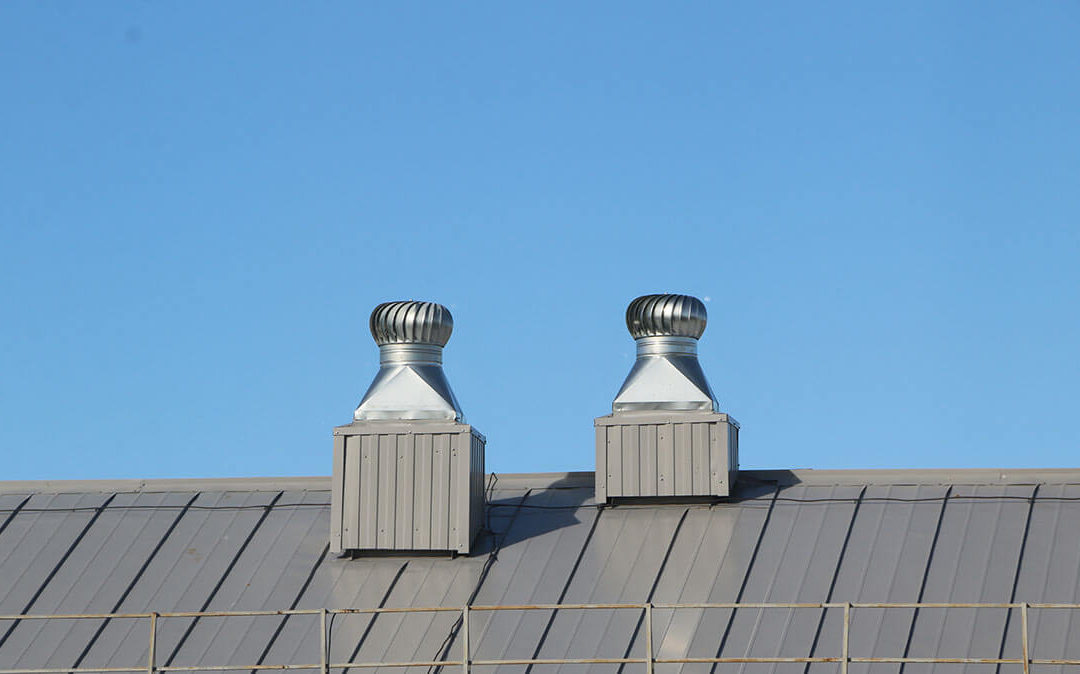When it comes to the health of your home, there’s perhaps no feature as overlooked and yet as crucial as the roof. It’s your first line of defense against the elements, and proper care is essential to ensuring a safe and comfortable living environment. Among the many factors that contribute to a well-maintained roof, ventilation stands out as a critical ingredient. But what exactly does roof ventilation entail, and why should homeowners pay attention to it? In this comprehensive guide, we’ll explore the vital role ventilation plays in your home, the different approaches to achieving an optimally vented roof, and practical tips for installation and maintenance.
Definition and Significance of Roof Ventilation
Roof ventilation refers to the system that allows air to move from the eaves or soffits at the bottom edge of the roof to the roof’s peak or ridge. This air flow helps regulate temperature, removes moisture, and can even protect against structural degradation. The significance of proper roof ventilation can’t be overstated, as it directly impacts energy efficiency, the life of your roof, and the overall comfort within your home.
- Energy Efficiency
In hot climates, a well-ventilated roof can significantly reduce the strain on your air conditioning system, lowering energy bills. The flow of air through the attic keeps the space cooler, preventing heat buildup that can transfer into living areas.
- Moisture Control
Moisture is one of the biggest enemies of your home’s structural integrity. By allowing moist air to escape, proper ventilation prevents the buildup of condensation, which can lead to mold, mildew, and rot.
- Extended Roof Lifespan
Overheated attics can cause shingles to blister and decay prematurely. Good ventilation ensures that the roof structure and materials are working in the manufacturer’s designed temperature range, prolonging the roof’s life.
Types of Roof Ventilation
Moisture is one of the biggest enemies of your home’s structural integrity. By allowing moist air to escape, proper ventilation prevents the buildup of condensation, which can lead to mold, mildew, and rot.
- Passive Ventilation
This type relies on natural convection to circulate air. It typically involves ridge vents, soffit vents, gable vents, or static vents, and works without the need for mechanical assistance.
- Active Ventilation
Active systems use mechanical means such as fans to draw air from the attic and expel it outdoors. These systems can be particularly effective in maintaining consistent airflow, especially in areas where natural convection may be hindered.
Installation and Maintenance Tips
Installing or improving your roof ventilation should be a thought-out process to ensure effectiveness. It’s not something you want to DIY if you’re unfamiliar with construction or roofing principles.
- Proper Installation Practices
For passive systems, you need to consider the size and position of the vents. They should be evenly spaced and large enough to provide adequate airflow. Active systems require professional installation to integrate components like fans, louvers, and thermostats correctly.
- Regular Maintenance Routines
Once installed, your ventilation system needs regular checks. Inspect the vents for any blockages from debris or animal nests. Ensure that the fans in active systems are in good working order and clean the fan blades as needed to maintain efficiency.
Impact on Home Comfort

Beyond the technical aspects, the benefits of a well-ventilated roof can be felt in your home’s everyday comfort.
- Temperature Regulation
In the summer, a ventilated roof reduces the temperature in your attic, which in turn can keep your living spaces more comfortable. Consistent airflow throughout the year aids in temperature regulation, helping you to maintain a steady and comfortable indoor environment.
- Air Quality Improvement
By removing trapped air and replacing it with fresh outdoor air, roof ventilation can enhance the air quality in your home. Stale air and pollutants are continually flushed out, promoting a healthier living environment for you and your family.
Understanding the role roof ventilation plays in your home is a critical step in home maintenance. From saving on energy costs to preventing costly repairs, a properly ventilated roof is an asset that any homeowner can’t afford to overlook. Take the time to assess your current ventilation system, or consult with a professional at Nielsen Roofing & Sheet Metal so you can enjoy the peace of mind that only a well-maintained roof can provide.
Contact Us
Nielsen Roofing & Sheet Metal Ltd. in Penticton BC
- Commercial Roofing/Cladding
- Residential Roofing Installation and Repairs
- Custom Metal Fabricating
Follow us on Facebook
